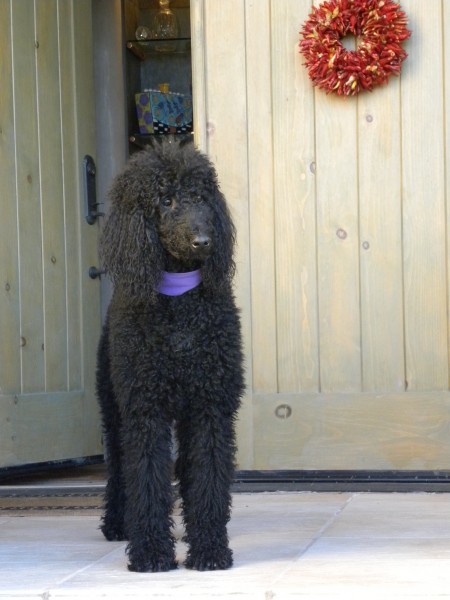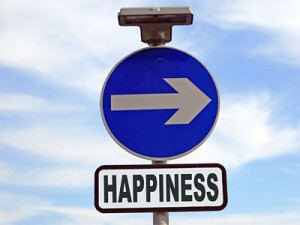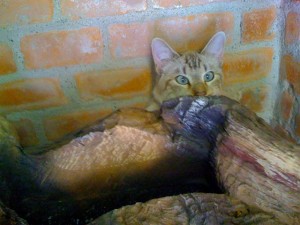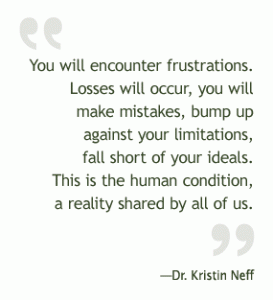Call me shallow, but after two weeks in Rome, my favorite discoveries have been the best hairdresser in the world, the best artichokes, the best gelato store, the best shoe store for my size 10 (Euro 41) shoes, and the best new friends.
Like countless tourists before me, I’ve been to the Vatican Museum, the Borghese Gallery, the Pantheon, Spanish Steps, Trevi Fountain, piazzas galore, and at least 5 major churches, including the Mother of them all, St. Paul’s Basilica, overcome by the gob-smacking architecture, art and craftsmanship that adorns them.
I’ve loitered at street-side cafes all over the city, peered through the keyhole on Aventine Hill and into the Mouth of Truth on display near Circus Maximus. I’ve strolled through the Jewish ghetto and synagogue, eaten plates of pasta, baskets of bread-based sweets, over-cooked greens, and enjoyed many cups of strong caffé and glasses of pleasant vino rosso. But nothing is more exciting to me than the personal encounters, the stories of the choices and challenges in the lives of amazing people I encounter… and almost all my encounters are with amazing people.
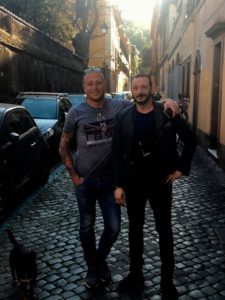
“With every action we add or subtract to the goodness in the world.” So says Stefano Sillavi, as he gently brushes my hair, tangled and stiff from too much product in my perennial battle to make my curls look other than they naturally want to.
Have you ever had your head touched for an hour or more in a gentle way, as if the other’s fingers are sensing every centimeter of its shape and the texture and flow of each hair? I hadn’t, and it is a remarkable experience.
In a small shop in Trastevere, with an unassuming sign reading “TAZ,” I sit in front of a large framed oval mirror, crystal chandeliers hanging from the high plastered ceiling, as Stefan explains the nature of my hair and “what it wants to do.” He enthuses about its waves and flows how he will shape it, and why.
OK? Oh yes!
No one has ever taken the time to know my hair in this way, and then spoken about it with such knowledge and insight.
We move to the basin where he washes and conditions, continuing the constant hands-on movement of a skilled practitioner. Back to the mirror, he clips and snips and fluffs and dries, adding only a little oil to the hair itself.
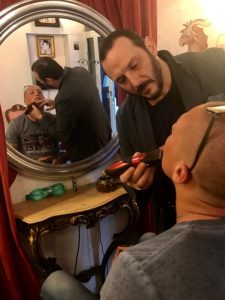
We talk about consciousness and the practice of being present, and his work, to which he is devoted. He speaks with gratitude for a Japanese woman mentor he had in New York, where he studied and worked for seven years. His command of English, and philosophical bent, makes possible the depth of conversation we share.
At the end of two hours of having my head touched with such care, my hair shaped and fluffed, I felt I’d had a long, luxurious massage.
Touching and caressing the head is a sensuous and intimate action, which is perhaps why it is so seemingly rare. And unlike my countless previous haircuts – from a cheapo $8 SuperCuts to a $140 Vidal Sassoon cut in New York City – I’d never before left a salon feeling truly enamored of my hair and renewed, more confident, and more beautiful than ever.
I can say Stefano Sillavi is the best hairstylist in Rome, but he may be the best in the world!
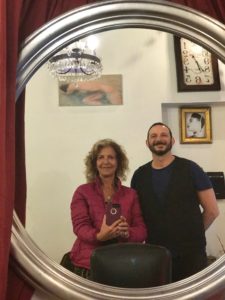
If you are planning a trip to Rome, or are in Rome, you can contact Stefan by phone or WhatsApp at: +39 388.759.7166. I will not quote his fee but it is very reasonable… even for just a haircut, which, as I’ve described, this is much more than simply that. He works his magic on men as well as women.
Have you ever had an extraordinary haircut experience? Please share in comments. I’ll write about my other “best finds” soon.
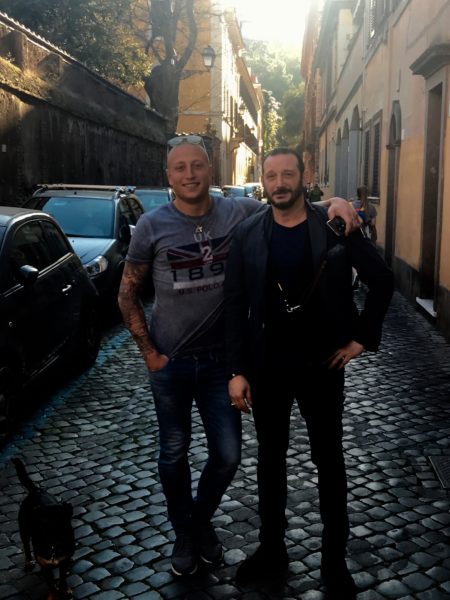
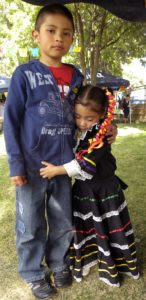 Besides the obvious of getting over our immediate reactions of shock, projections of the worst-case scenarios and commiserations of how badly we feel, we need to look out for one another. There are a lot of crazy and angry people who may feel they’ve been given carte blanche to vent. I don’t mean looking out for just our families and small circle of friends, but anyone who might be the victim of hateful or nasty words or deeds.
Besides the obvious of getting over our immediate reactions of shock, projections of the worst-case scenarios and commiserations of how badly we feel, we need to look out for one another. There are a lot of crazy and angry people who may feel they’ve been given carte blanche to vent. I don’t mean looking out for just our families and small circle of friends, but anyone who might be the victim of hateful or nasty words or deeds.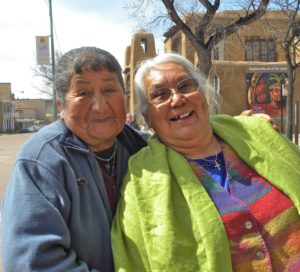 rewire our thoughts and feelings by imagining and actively creating best-case scenarios. This stimulates all sorts of positive neurochemicals that let our bodies know it is safe to be expansive, to be creative, to love and be loved.
rewire our thoughts and feelings by imagining and actively creating best-case scenarios. This stimulates all sorts of positive neurochemicals that let our bodies know it is safe to be expansive, to be creative, to love and be loved.





